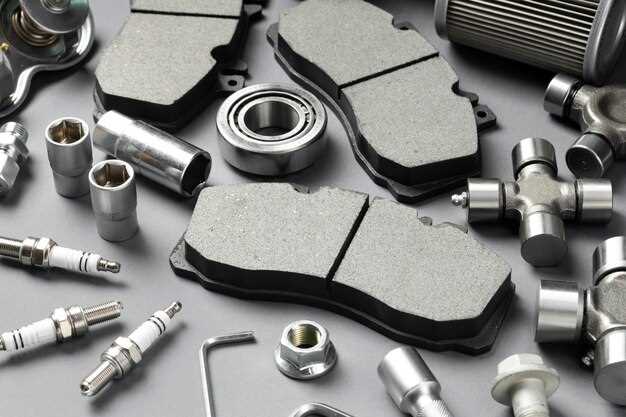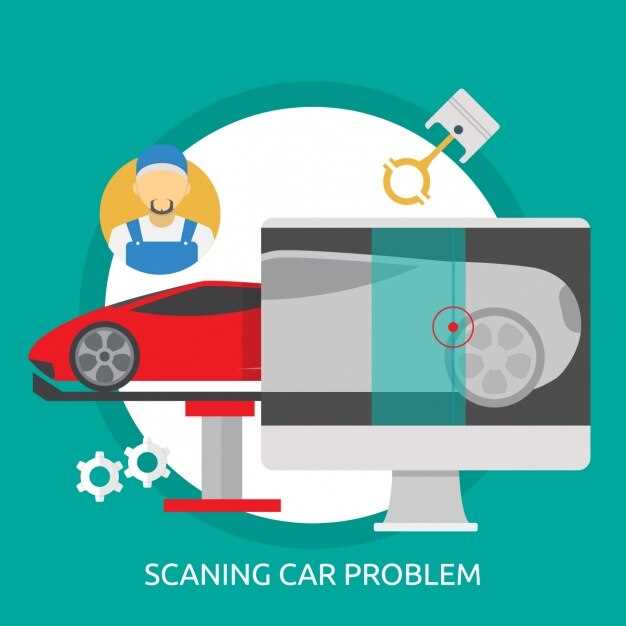How to identify fake car parts

In the automotive industry, safety is paramount. The integrity of every component in a vehicle directly impacts its performance and reliability. Unfortunately, the prevalence of fake car parts poses a significant risk not only to vehicle performance but also to the safety of drivers and passengers alike. As consumers, it is essential to be vigilant and informed about how to identify counterfeit components and ensure that our vehicles are equipped with genuine parts.
Fake car parts may seem like a cost-effective alternative at first glance, but they often come with hidden dangers. These counterfeit products can be substandard, leading to failures that compromise vehicle safety. For instance, using fake brake pads or suspension components can result in catastrophic accidents. Therefore, understanding the characteristics of authentic parts compared to their fake counterparts is a crucial skill for any car owner or enthusiast.
This practical guide aims to equip you with the knowledge necessary to recognize fake car parts. By understanding the key indicators of authenticity, such as packaging, labeling, and product quality, you can protect yourself from unsafe products. Being proactive in identifying counterfeit parts not only safeguards your vehicle but also enhances your overall safety on the road.
Spotting Red Flags in Packaging and Labels
When purchasing car parts, examining the packaging and labels is crucial for identifying potential fake products. Authentic parts typically come with high-quality, informative packaging. Here are some red flags to look out for:
First, inspect the overall quality of the packaging. Genuine parts are often packaged in sturdy boxes or bags, while counterfeit products may arrive in flimsy or poorly constructed containers. Check for signs of damage or wear that could indicate tampering.
Next, examine the labels closely. Authentic labels usually feature clear and professional printing, including brand logos, part numbers, and specifications. Look for misaligned text, spelling mistakes, or low-resolution images, which are common in fake parts.
Another important aspect is the presence of necessary certifications or quality seals on the packaging. Reputable manufacturers include certification marks that indicate compliance with industry standards. If these are missing or look suspicious, it may suggest that the parts are counterfeit.
Additionally, consider the information included on the label. Genuine parts typically provide detailed descriptions, installation instructions, and warranty information. If the label lacks essential details or is excessively vague, it could be a sign of a fake product.
Lastly, be cautious of unusually low prices. If the deal seems too good to be true, it often is. Reliable manufacturers do not significantly undercut their prices. Always verify the source if you come across suspiciously cheap parts in low-quality packaging.
Evaluating Price Points and Sources for Authenticity

When it comes to purchasing car parts, evaluating price points is crucial in determining their authenticity. Authentic parts typically come at a premium price compared to fake or counterfeit alternatives. A significant discrepancy in pricing between vendors can signal potential fraud. For instance, if a part is offered at a price significantly lower than the manufacturer’s suggested retail price (MSRP), it is wise to exercise caution, as this may indicate that the part is fake.
In addition to price, the source of the parts plays a vital role in verifying authenticity. Buying from authorized dealers or reputable manufacturers generally ensures that the parts are genuine. Conversely, purchasing from unknown online retailers or marketplaces where sellers are not vetted increases the risk of acquiring counterfeit components. Always check the vendor’s ratings and reviews to gauge their reliability and the experiences of other customers.
Furthermore, consider the origin of the part. Parts that are not produced in adherence to industry standards or from recognized brands are more likely to be fake. For example, components manufactured in regions known for producing counterfeit goods should raise red flags for buyers. Authentic parts usually have quality control measures in place and proper documentation that traces back to the original manufacturer.
In summary, when evaluating price points and sources for car parts, it is essential to remain vigilant. High prices could signify quality, while significant price reductions or unclear sourcing may suggest that the parts are fake. Always do thorough research before making a purchase to ensure that you are investing in authentic, reliable components for your vehicle.
Understanding Performance Risks of Counterfeit Components

The automotive industry faces a significant challenge with the proliferation of fake car parts. These counterfeit components pose serious performance risks that can endanger both the vehicle’s functionality and the safety of its occupants.
Counterfeit parts often do not meet the rigorous standards established by manufacturers. As a result, their performance can be highly unreliable. For example, a fake brake pad may wear out prematurely or fail to provide adequate stopping power, jeopardizing the safety of the vehicle and putting the driver and passengers at risk.
Moreover, counterfeit components frequently utilize substandard materials that can compromise performance. In critical systems, such as engines and suspension, even minor deficiencies can lead to catastrophic failures. This is particularly concerning, as drivers may not immediately recognize the signs of poor performance until it’s too late.
Additionally, the installation of fake parts can result in damages to genuine components. This cascading effect can lead to higher repair costs and prolonged vehicle downtime, impacting not only economic factors but also overall safety. A counterfeit component that malfunctions may cause other parts to work harder, leading to further deterioration and potential safety failures.
In summary, the performance risks associated with counterfeit car parts extend beyond immediate malfunctions. The long-term implications can affect vehicle safety, cause extensive damage, and compromise the integrity of the automotive system. Awareness and vigilance are crucial for mitigating these risks and ensuring a safe driving experience.

